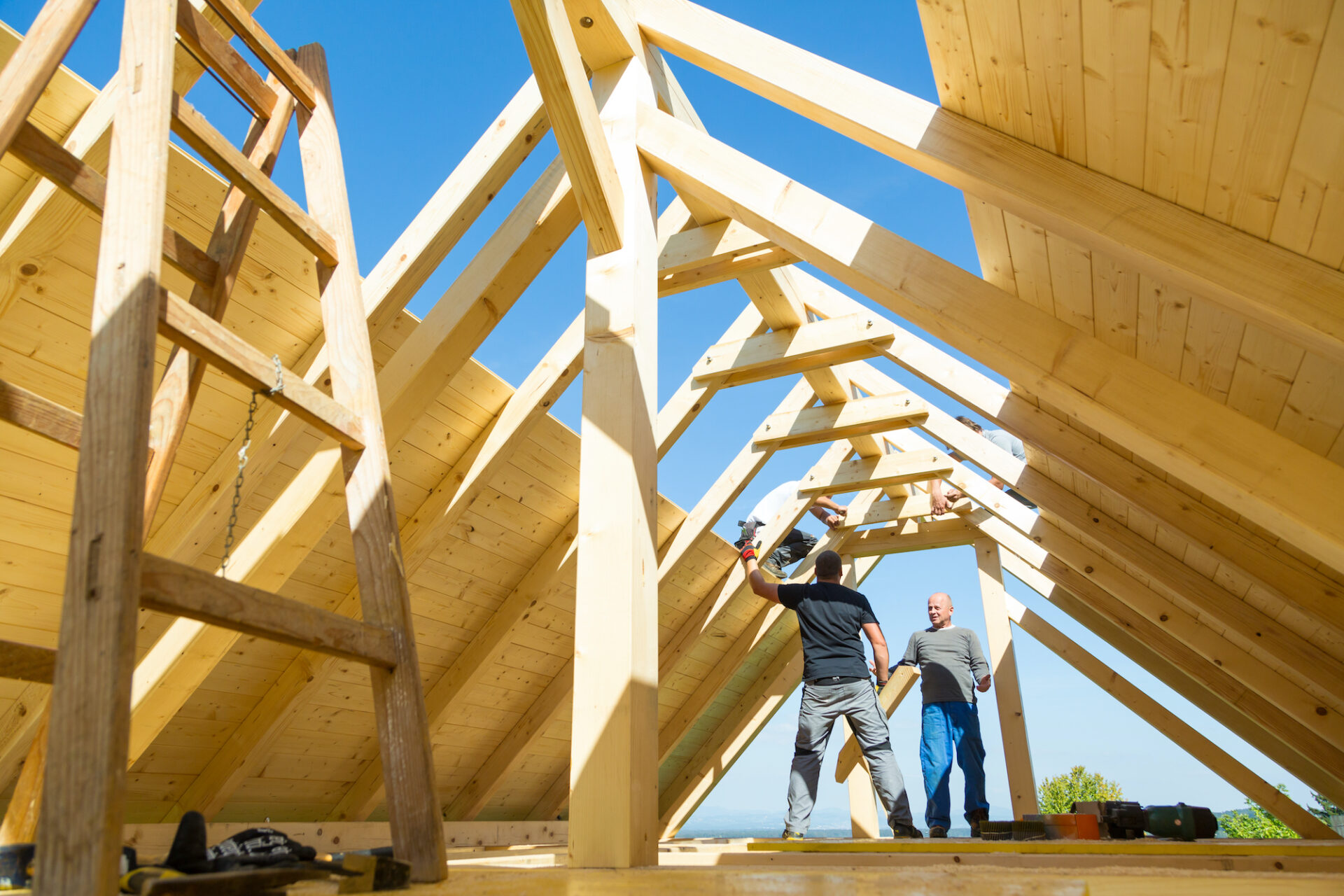Builder confidence dropped slightly in January, disrupting a four-month trend of rising builder sentiment despite high consumer demand, according to the National Association of Home Builders (NAHB)/Wells Fargo Housing Market Index (HMI).
Builder confidence in the markets for newly-built, single-family homes dropped one point to 83. Any number over 50 indicates that more builders view conditions as good than poor. Notably, the HMI has remained at 83 or 84 for the past three months, the same level as the spring of 2021.
The drop was attributed to inflation concerns and ongoing supply chain disruptions.
“Higher material costs and lack of availability are adding weeks to typical single-family construction times,” said NAHB Chairman Chuck Fowke, a custom home builder from Tampa, Fla.
“NAHB analysis indicates the aggregate cost of residential construction materials has increased almost 19% since December 2020. Policymakers need to take action to fix supply chains. Obtaining a new softwood lumber agreement with Canada and reducing tariffs is an excellent place to start.”
The price of goods used in residential construction rose 1.5% in December 2021 and is up 18.9% year-over-year, with wood product prices in particular soaring, according to the latest Producer Price Index report from the Bureau of Labor Statistics. Softwood lumber prices have risen 44.5% since September 2021.
The Biden administration has stressed that antidumping and countervailing duties, not tariffs, are not at play in the increasing cost of lumber.
“[Antidumping and countervailing duties] laws are fundamentally important to a healthy global economy because they are designed to remedy the amount of unfair dumping and/or subsidization by a foreign country,” a Commerce Department spokesperson told NPR.
Lumber costs are adding pressure to America’s housing affordability crisis. NAHB has that lumber prices added nearly $36,000 to the average price of a single-family home. Rising mortgage rates could cause further damage.
“The HMI data was collected during the first two weeks of January and do not fully reflect the recent jump in mortgage interest rates,” said NAHB Chief Economist Robert Dietz.
“While lean existing home inventory and solid buyer demand are supporting the need for new construction, the combination of ongoing increases for building materials, worsening skilled labor shortages and higher mortgage rates point to declines for housing affordability in 2022.”
The HMI index gauging current sales conditions held steady at 90, the gauge measuring sales expectations in the next six months fell two points to 83, and the component charting traffic of prospective buyers fell to 69.
For regional HMI scores, the Northeast fell one point to 73, the Midwest increased one point to 75, and the South and West both rose one point to 88.
